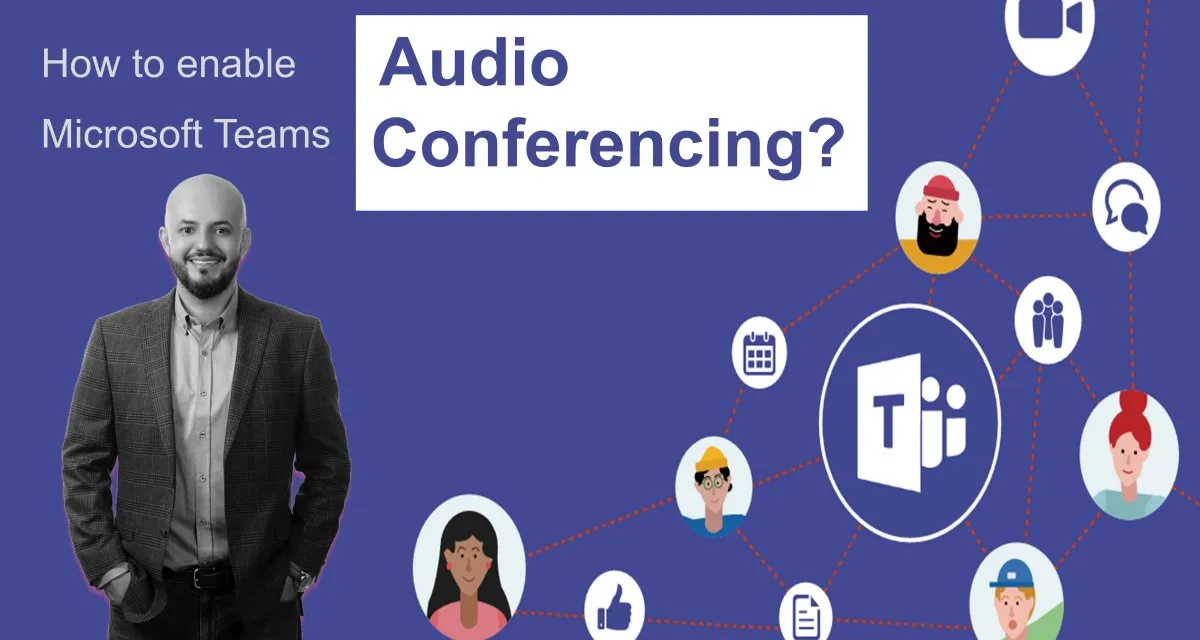Best Practices for Audio Conferencing with International Teams
Audio conferencing has become an essential tool for global teams to collaborate and communicate effectively across different time zones and geographic locations. To ensure successful and productive meetings, it’s important to follow best practices that address common challenges and maximize the effectiveness of your audio conferences. This guide provides key strategies for conducting smooth and efficient audio conferencing with international teams.
1. Choose the Right Audio Conferencing Platform
Selecting a reliable audio conferencing platform is crucial for a seamless experience. Consider these factors when choosing a platform:
- Compatibility: Ensure the platform is compatible with various devices and operating systems used by team members.
- Features: Look for features such as call recording, screen sharing, and integration with other collaboration tools.
- Quality: Opt for a platform known for clear audio quality and minimal latency to avoid communication issues.
2. Schedule Meetings Considerately
Coordinating meeting times across multiple time zones can be challenging. To facilitate scheduling:
- Use Time Zone Tools: Utilize tools like World Time Buddy or Google Calendar’s time zone feature to find suitable meeting times for all participants.
- Rotate Meeting Times: If possible, rotate meeting times to accommodate different time zones and prevent the same team members from consistently facing inconvenient hours.
- Send Advance Notices: Provide ample notice of meeting times to allow participants to adjust their schedules and prepare accordingly.

3. Prepare and Share Agendas
A well-prepared agenda helps keep meetings focused and productive. For international meetings:
- Share Agendas in Advance: Distribute the agenda before the meeting to give participants time to review and prepare.
- Include Time Zones: Specify meeting times in multiple time zones on the agenda to avoid confusion.
- Set Clear Objectives: Outline the key topics and objectives to ensure that all participants understand the purpose and goals of the meeting.
4. Facilitate Clear Communication
Effective communication is essential for successful audio conferencing. To enhance clarity:
- Speak Clearly and Slowly: Avoid speaking too quickly or using jargon that may be unfamiliar to participants from different linguistic backgrounds.
- Use Headsets: Encourage the use of headsets with built-in microphones to reduce background noise and improve audio quality.
- Minimize Background Noise: Choose a quiet location for the meeting and ask participants to mute their microphones when not speaking.
5. Manage Meeting Dynamics
Maintaining engagement and managing interactions can be challenging in international meetings. To address this:
- Establish Ground Rules: Set guidelines for participation, such as raising hands or using chat functions to ask questions, to ensure everyone has an opportunity to contribute.
- Encourage Participation: Actively invite input from all team members and be mindful of potential language barriers.
- Be Culturally Sensitive: Respect cultural differences and be aware of varying communication styles to foster a positive and inclusive environment.
6. Utilize Visual Aids
Incorporating visual aids can enhance understanding and engagement:
- Share Screens: Use screen sharing to present documents, slides, or visuals that complement the discussion.
- Use Visuals: Include charts, graphs, or diagrams to illustrate key points and make complex information more accessible.
7. Follow Up and Document Outcomes
After the meeting, ensure that all participants are informed and aligned on the next steps:
- Send Meeting Notes: Distribute a summary of the meeting, including key decisions, action items, and deadlines, to all participants.
- Confirm Action Items: Follow up on assigned tasks and deadlines to ensure accountability and progress.
8. Address Technical Issues Promptly
Technical problems can disrupt meetings and hinder productivity. To manage issues effectively:
- Test Equipment: Conduct regular checks of audio equipment and connectivity to prevent issues during meetings.
- Have Support Ready: Provide access to technical support or troubleshooting resources in case problems arise.
Conclusion
Audio conferencing with international teams presents unique challenges, but following these best practices can help ensure effective and productive meetings. By choosing the right platform, scheduling thoughtfully, preparing agendas, and managing communication dynamics, you can enhance collaboration and achieve successful outcomes in your global team interactions. Embrace these strategies to make the most of your audio conferencing and strengthen your international team’s connectivity and performance.



